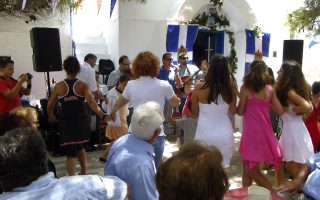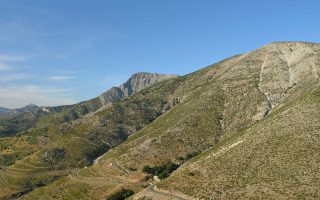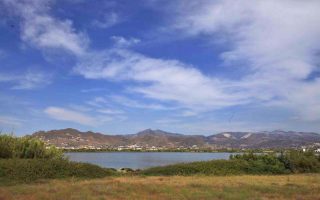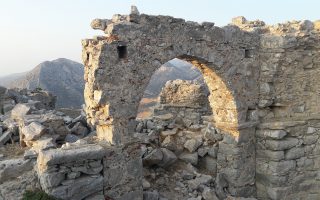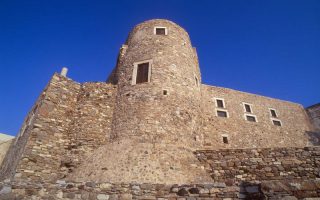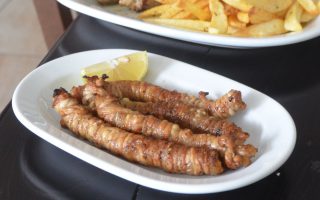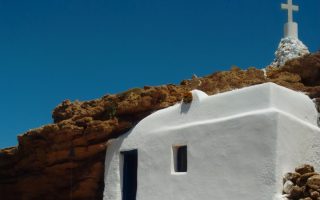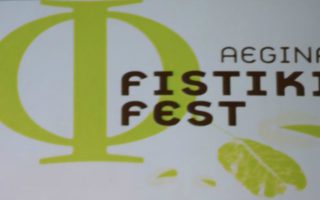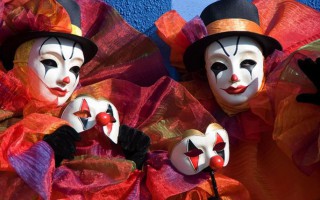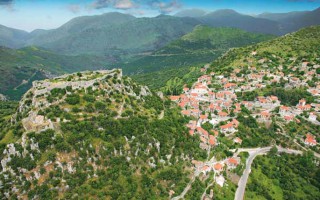Music, dancing with traditional costumes, songs, arts, feasts and festivals are part of the Naxian daily life. The island is famous all over Greece for its rich musical tradition and there are important composers/musicians from Naxos, including Konitopouleoi, Fyrogenides, Stamatonanolides, Vrontogiorgides, Koukoularides, Hatzopouloi. “Kotsakia” (folk poems of two or eight verses that were created in times of joy or sadness and could be instantly sung) are well-known thoughout Greece. In many feasts and festivals organized on the island, it is necessary to have local musical instruments, such as “tzampouna” and “ntoumpaki”, to accompany the celebration.
Especially the mountainous villages of Naxos have a great musical tradition (Apeiranthos, Kinidaros, Koronos, Filoti).
Festivals
Theoskepasti, in Komiaki and Potamia (September 8)
Panagia Drosiani, in Moni (September 8)
Timios Stavros (Holy Cross), in Tripodes and Moni (September 14)
Agios Nikolaos, in Kinidaros (December 6)
Agios Thalalaios, in Thalalaios (May 20)
Panagia Argokoiliotissa, in Koronos (Holy Friday)
Agii Apostoli, in Melanes (June 30)
Agia Kyriaki, in Potamia (July 7)
Agios Prokopios, in Prokopios (July 8),
Agios Nikodimos, in Chora and Glinado (July 14)
Agia Paraskevi, in Kinidaros (July 26),
Sotiros, in Glinado, Damarionas and Koukounochori (August 6)
Panagia, all over the island, especially in Filoti (August 15)
The Novena of the Virgin, in Tripodes (August 23)
Agios Ioannis, in Apeiranthos, Apollonas and Agersani (August 29)
Celebrations
Carnival: The celebration culminates in the last days before Clean Monday and many people are dressed up in memory of the Dionysian festivals. Characteristic figures are “koudounatoi” in Apeiranthos and “foustanellatoi”.
Ai Giannis: Jumping over the fires – to make the evil spirits and the diseases go away – is characteristic of the feast of Agios Ioannis (June 23) in Klidonas. Housewives prepare salty pies, which are considered to have “magical powers”.
Stavrou (Holy Cross): The good harvest is important for the residents of Galanado, who in the feast day of Timios Stavros (Holy Cross, September 14) leave out of the church a few seeds wrapped in a cloth, so as for the priest to bless them.
Trygos (vine harvest): It is a special celebration for the inhabitants of the island in the autumn. The barrels are washed and grapemust is collected to go to the presses. The pressed grapes (tsamboura) left in the barrel are used for raki: Rakitzia is an occasion for people to gather, sing, eat and have fun.
Source: aegeanislands.gr


